Contents
World Heritage TOJI Temple
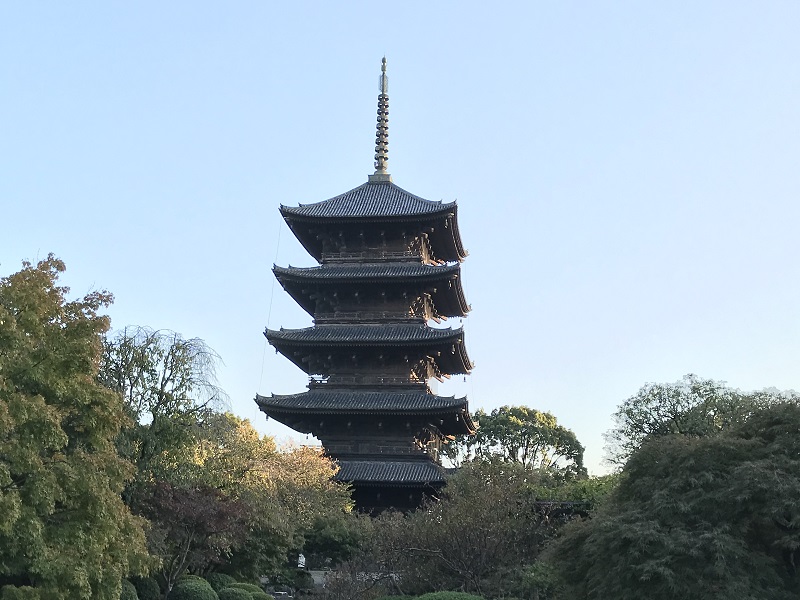
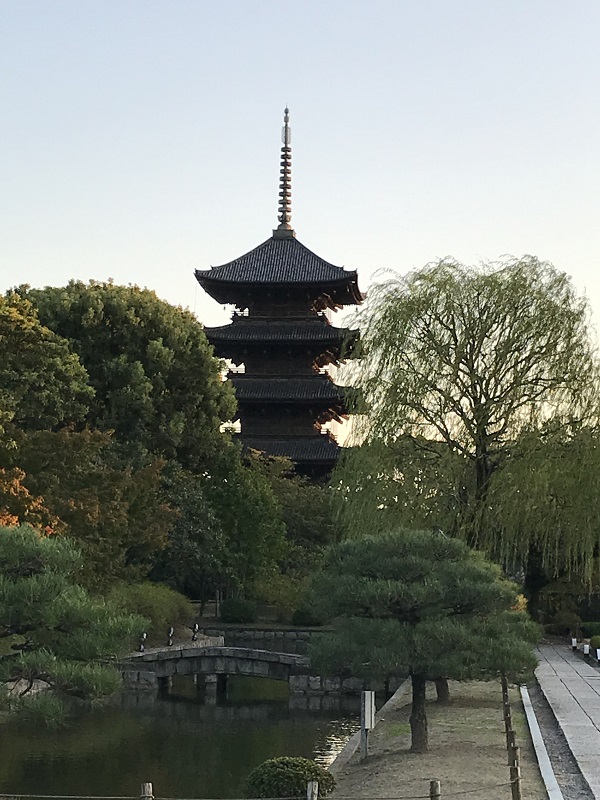
Toji Temple has Buddha statues such as Nyorai, Bodhisattva, Myoou and Tenbu (deity of heavenly realm). It is said to be a treasure trove of Buddha statues. There is also the oldest Fudo Myoou in Japan, and you can see a powerful sight here.
History of Toji Temple
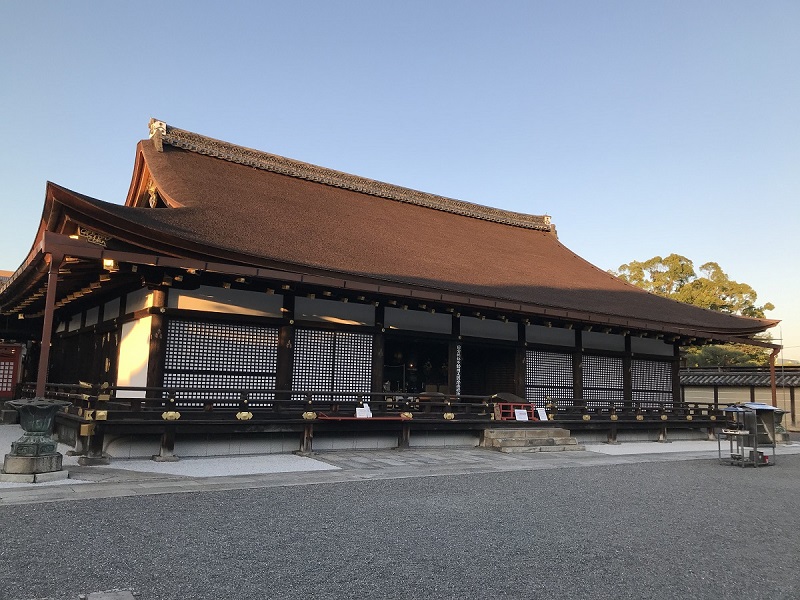
When the capital was relocated to Heian, Toji Temple (east temple) and Saiji Temple (west temple) were erected for the security of the country as government Temples that received financial guarantees and National supervision. According to the record, Toji Temple was built in 796. After that, Kobo Daishi Kukai who studied esoteric Buddhiam in Tang Dynasty was granted Toji Temple in 823 by Emperor Saga, and Toji Temple became a dojo for Shingon Esoteric Buddhism. Later, the temple came to be called “Kyoou-gokokuji Temple”. It was registered as a World Heritage Site in 1994.
Both temples declined around the late Heian period and Sai-ji disappeared as it was, but Toji Temple was reconstructed during the Kamakura period in response to the growing faith of Kobo Daishi. Currently, the buildings at the time of the first construction does not remain, but the layout of the temples, etc. is the same as in the Heian period.
Important cultural property, Kodo Hall
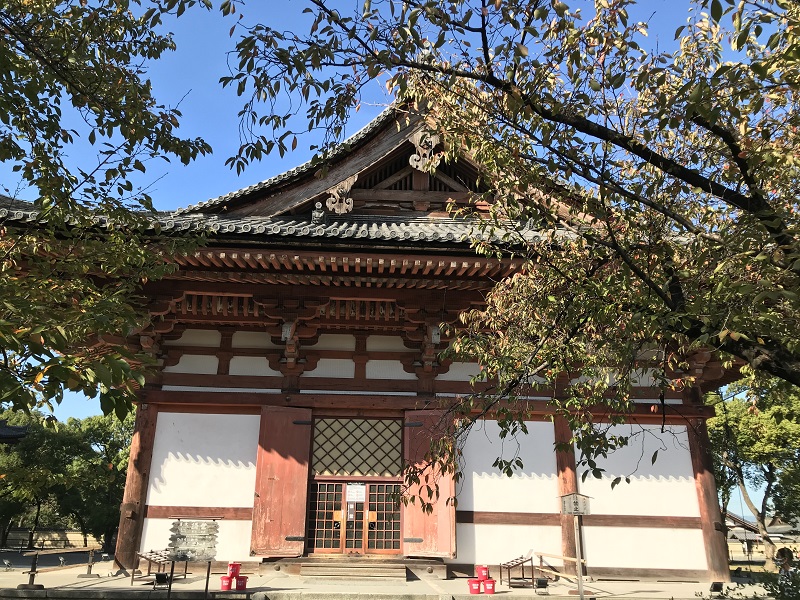
There is the realistic view of the Buddhist world that expresses mandala by means of three-dimensional statues instead of plane paintings. It was designed by Kukai. The statue of Dainichi Nyorai is shining in the center of the mandala, and beside that, the oldest Fudo Myoo in Japan. There is Taishakuten statue on the elephant in the Kodo Hall which is said to be the most handsome in Japan.
National treasure, Kondo Hall
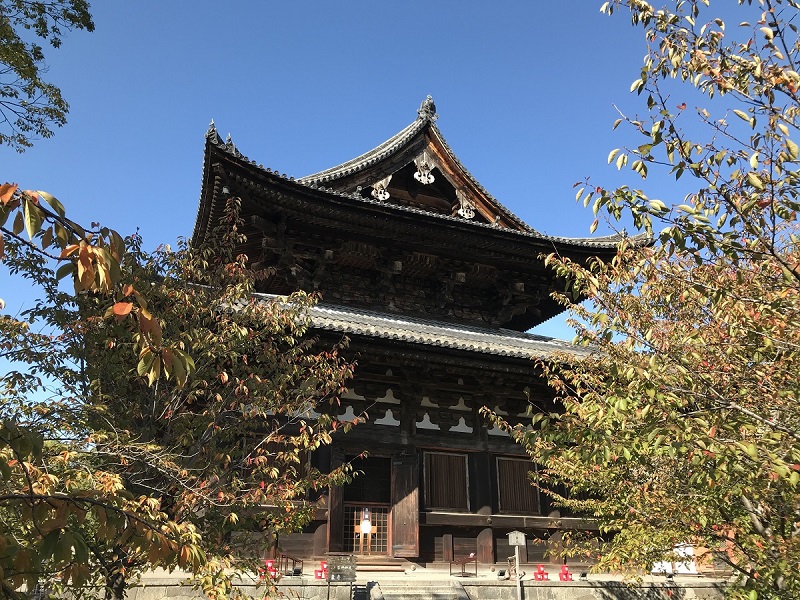
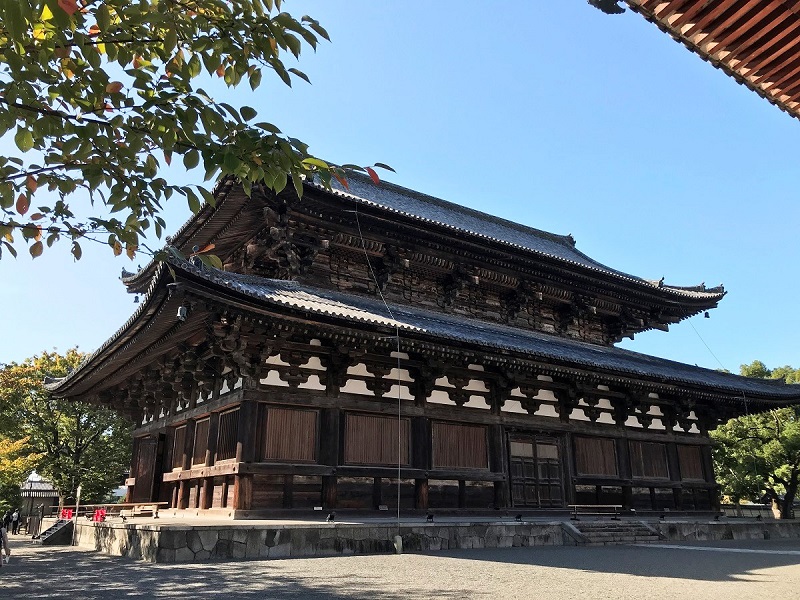
Kondo Hall is the main hall of Toji Temple. Burned down in 1486. The current building was rebuilt in 1603 by Hideyori Toyotomi. The principal image of Yakushi Nyorai, who is protected by the Twelve Gods, is housed within the Kondo Hall. Nikko and Gakko Bosatsu (the deities of the sun and the moon) with gentle faces are on both sides.
National treasure, the five-story pagoda
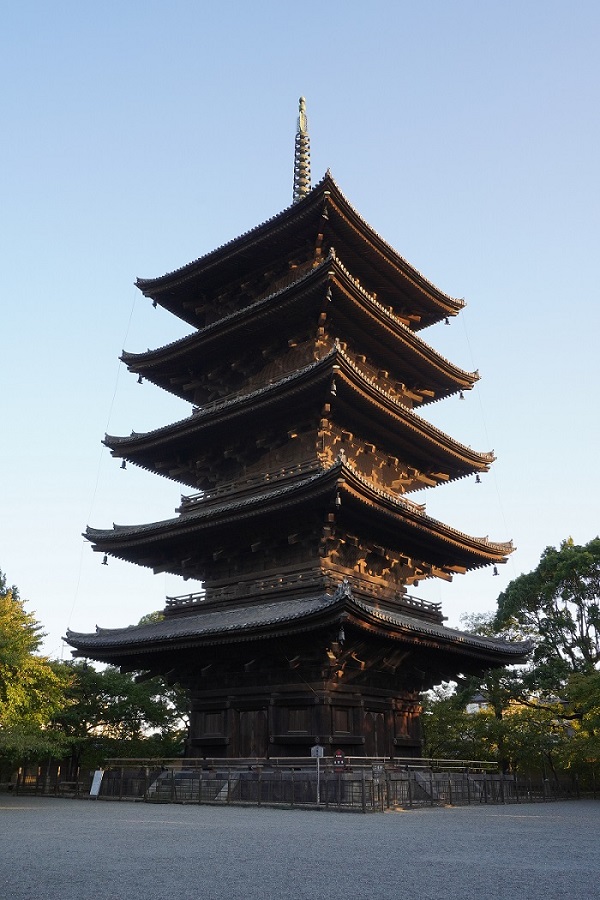
The present pagoda was rebuilt by Iemitsu Tokugawa, the third Shogun of the Edo period, in 1644. It is the tallest wooden pagoda in Japan with a height of about 55m. It is a symbol tower of Kyoto. A special nighttime visit is held every year, and you can see the wonderful five-story pagoda illuminated with the scenery of autumn leaves.
National treasure, MIEI-do (Daishido)
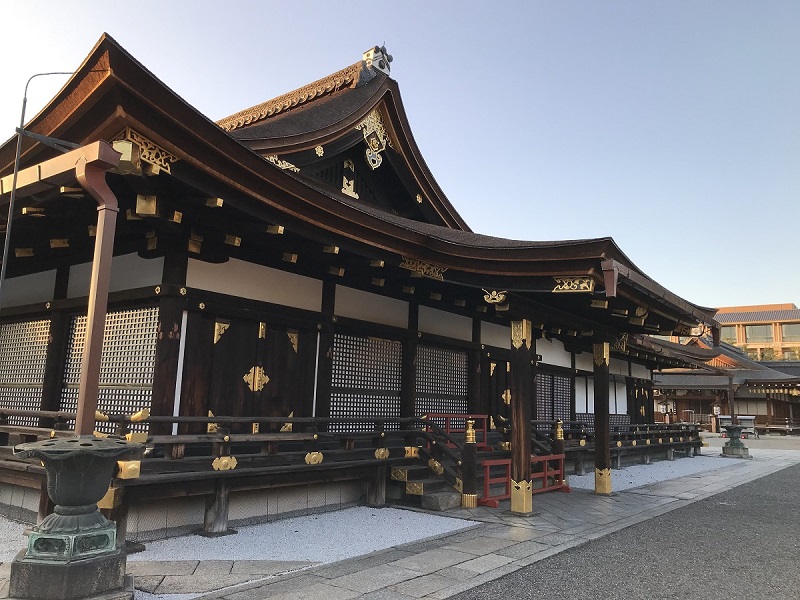
This Mieido was the residence of Kukai. It enshrines the statues of Fudo Myoo and Kobo Daishi Kukai. Even now, meals are served every morning at 6 o’clock, just like when Kukai was there. Anyone can worship freely at Mieido.
the oldest statue of Seven Dods of Good Fortune
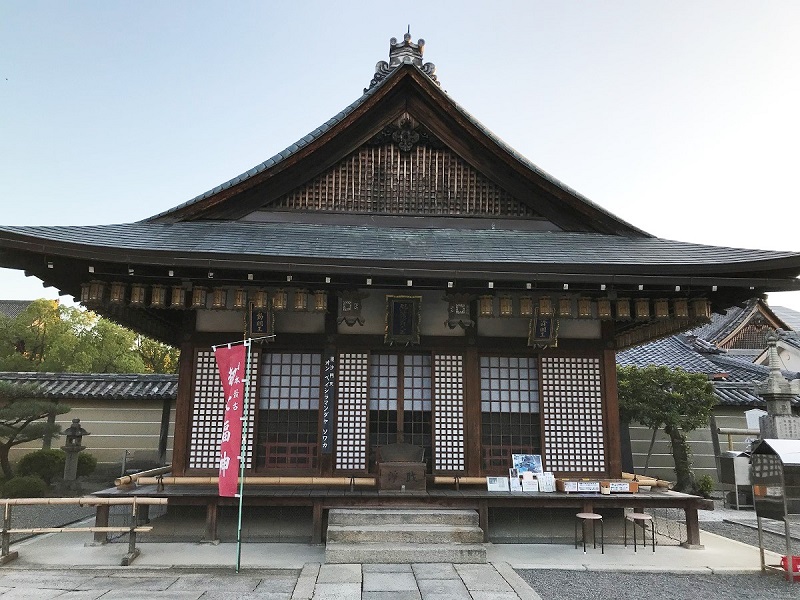
The oldest Bishamonten in Japan, which was enshrined in 939, was moved to Toji Temple in 978. It is enshrined in the Bishamon-do Hall built in 1822.
Hiiki stone statue, to get rid of illness
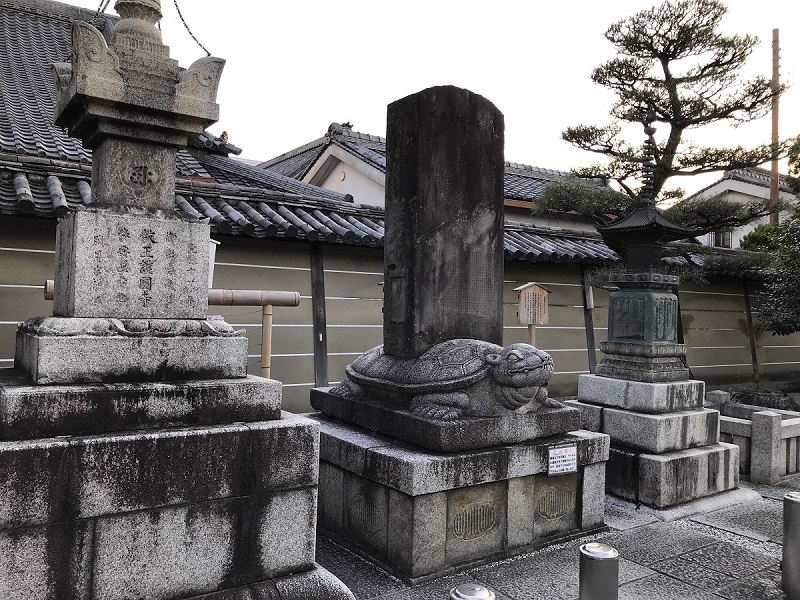
The statue that looks like a turtle is a dragon cub named Hiiki, which is an imaginary animal in China. It is said that there is a merit in healing all illnesses, stroking Hiiki, then stroking your affected area. You can purchase the treatment cloth for 300 yen to stroke Hiiki.
There is also a stone that is said to cure the disease if you stroke the bad part of your body with your hand after stroking the stone.
Access
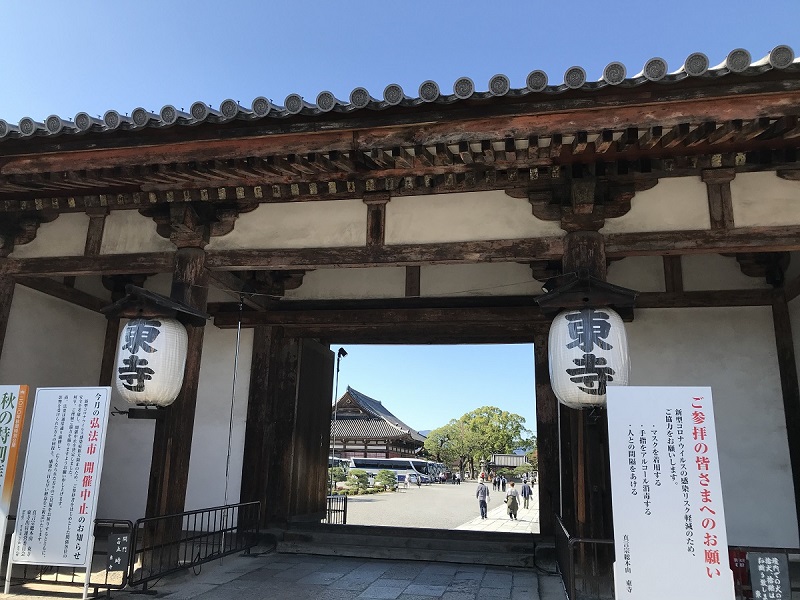
15 minutes walk from Kyoto Station.